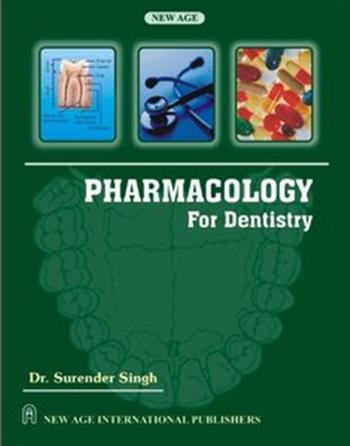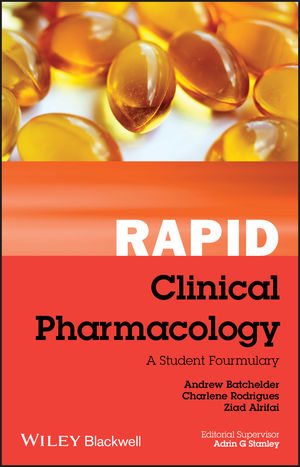General Pharmacology
- Definition of drug and drug nomenclature
- Branches/Divisions of pharmacology
- Sources of drugs
- Active principles of drug and Pharmacology
- Dosage forms and doses of drugs
- Drug administration
- Absorption of drugs and processes involved in drug absorption
- Factors modifying absorption of drugs
- Transport of drugs across cell-membrane
- Bio availability, its clinical significance and factors affecting bio availability
- Drugs reservoirs, distribution and redistribution of drugs, plasma protein binding
- Pro-drug, Bio-transformation of drugs, enzyme induction, enzyme inhibition and entero-hepatic circulation
- Plasma half-life of drugs, steady state concentration, its clinical importance and factors affecting it
- Excretion of drugs
- Mechanism of drug action
- Dose response curves, structure-activity relationship
- Factors modifying action and doses of drugs
- Pharmacokinetics, pharmacodynamics and receptors
Locally Acting Drugs
- Demulcents, Emollients, Irritants, Counter irritants, Astringents, antiseborrheics, locally acting enzymes
- Antiseptics and disinfectants
- Ectoparasiticides
Drugs Acting on Gastrointestinal Tract:
Cardiovascular Drugs
- Antiarrythmic drugs
- Ionotropic drugs
- Antianginal drugs
- Thrombolytics
- Antihyperlipidemic drugs
Cholinergic Drugs
- Choline esters
- Anticholine-Esterases
- Cholinomimetic alkaloids
Anti- Cholinergic Drugs
- Anti muscarinic
- Non catecholamine
Sympatholytics/Antiadrenergics
- Alpha adrenergic blockers
- Beta adrenergic receptor blockers
Skeletal Muscle Relaxants
- Neuromuscular blocking agents
- D-Tubocurarine
- Suxamethanin
- Central muscle relaxants
- Meprobromate
- Mephenesim







